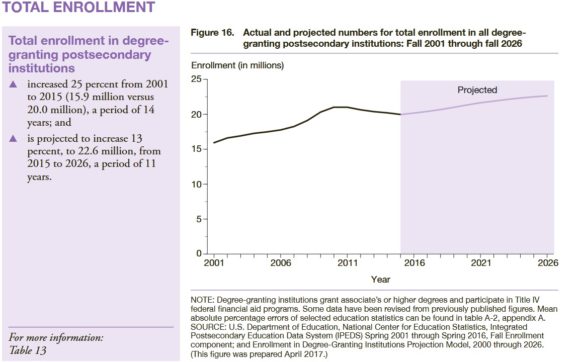
Dear Commons Community,
The Chronicle of Higher Education has an article this morning asking the question: Can the lecture be saved? Claire Major, a professor of higher education administration at the University of Alabama, says yes but spicing it up a bit helps. Here is the article:
“Do you feel guilty when you lecture? Perhaps you’re afraid that you’re shortchanging students. That, instead, you should be flipping your classroom and getting “active” through group exercises. But really, aren’t there times when you just want to tell your students what they need to know?
Fear no more. Claire Major is here to tell you that lecturing is fine. In fact, it’s often crucial to a successful class. The key, says Major, a professor of higher education administration at the University of Alabama, is to make it interactive.
In the “pedagogical cage match” between lecturing and active learning, says Major, who speaks and writes frequently about teaching, the traditional lecture loses out because it is often misunderstood. Most professors don’t pontificate from the moment class starts to the minute it ends, but lecturing is often portrayed that way.
“I think people are tired of lecture being slammed so hard,” she says. “The way articles are positioned: ‘Active learning wins.’ ‘Lectures are unfair or unethical.’ Well, what kind of lecture are you talking about?”
In reality, she says, instructors often break up their lectures with other activities. The key to successful lecturing, says Major, is to design activities that reinforce what students learn through the lecture, and encourage them to apply it. Hence the term she likes to use: interactive lecturing.
I first heard Major speak at the Teaching Professor annual conference earlier this year, where she described how to structure an interactive lecture. The room was packed: Clearly her message has touched a nerve among instructors. I followed up by phone last month to ask her to elaborate on some of her ideas.
Major describes her own teaching style as one she developed through trial, error, and a lot of reading. Like many academics when they first start out, she didn’t know a whole lot about teaching. But as a “windshield warrior” whose early days were spent at a range of institutions — two- and four-year, public and private — Major started to assemble strategies that kept students engaged and learning. You can find some of her techniques in this chart.
While there’s no one-size-fits-all strategy, Major finds it helpful to group her techniques into three categories, and makes sure she gets to all three during each class.
- Bookends are used to begin and end class. At the start, for example, you might ask students to write a note to an imaginary classmate who missed the last class, summarizing what was covered.This helps them recall and synthesize information and primes them to learn.
- Overlays encourage students to pay attention during the lecture portion of class. You might hand out a worksheet with a series of questions they can answer by listening to your talk.
- Interleaves are used to help students apply what they just learned. The common think-pair-share exercise, in which students gather in small groups to answer a question individually and share their answers, encourages them to use and reframe information, which they are then more likely to remember.
Major, who teaches graduate students these days, gives examples from her own work. In one three-hour class, she says, she may do the following in this order:
- Give students a partial sentence that prompts them to predict part of her upcoming lecture.
- Lecture with guided notes. Students are given a handout summarizing key points in the lecture, but with blank spaces that they need to fill in as they go along.
- Ask students to write a one-sentence summary of what they just heard.
- Provide or ask for a real-world application of a point made during the lecture.
- Lecture with guided notes.
- Use a lecture wrapper. Ask students to summarize the most important points of the lecture, then review those summaries together. (You can also ask students what they found most confusing and review that as well.)
Major also advises faculty members to avoid packing in too many activities. A class should not feel like a forced march. “You need some quiet time and some thought,” she says. “Even silence, which I know can be uncomfortable at times but can be pretty powerful.”
Also, not all activities are created equal. The dreaded icebreaker is not really active learning. Nor is a free-for-all discussion. Some structure and clear goals are necessary. “I think, What do I want them to walk away with?” Major says, about how she plans out each class. “Then I figure out the best way to get there.”
Major hopes her strategies will help reduce the anxiety faculty members often feel around active learning, while also acknowledging the value of the lecture.
“Telling faculty to drop everything and use active learning all the time just doesn’t work.” But if they can augment lectures with some of these active-learning strategies, she says, “they’re going to be more comfortable with the results.”
For more tips on active lecturing, Major and her frequent collaborator, Elizabeth F. Barkley, a professor of music history at Foothill College, have put together short videos at their K. Patricia Cross Academy.”
Good advice. Variety is the key in teaching!
Tony








